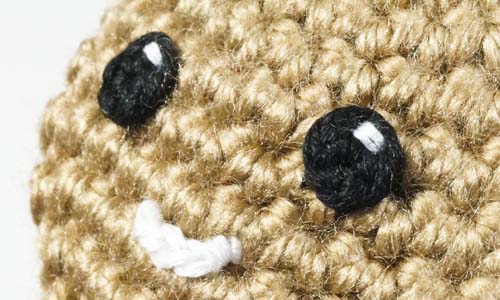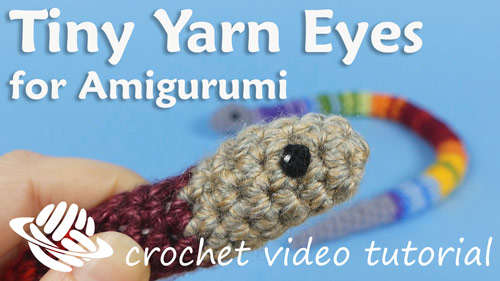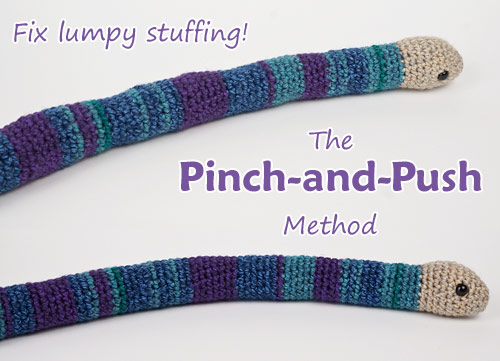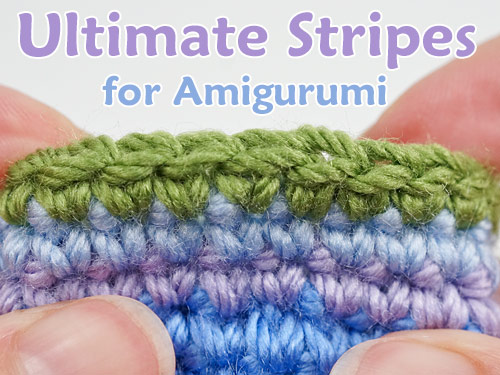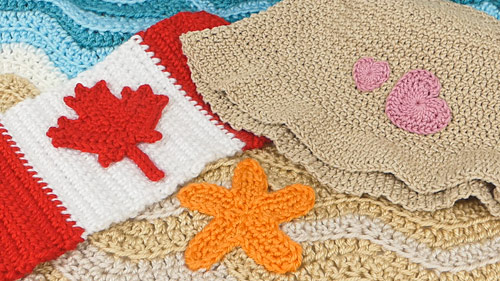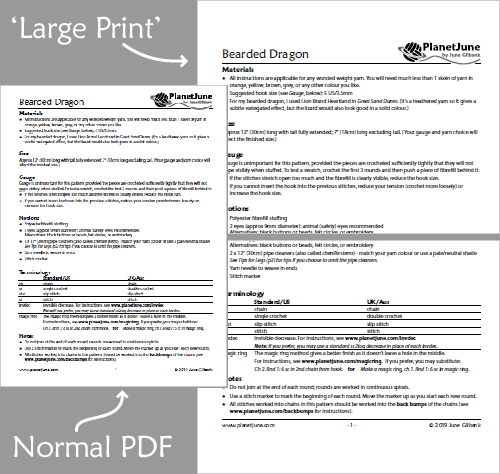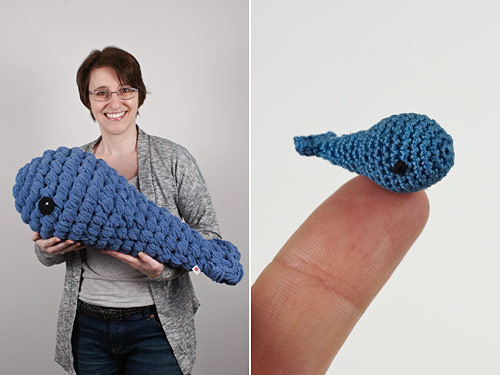
I love crocheting soft and squishy Giant Amigurumi versions of my patterns using blanket yarn! They’re super fun and huggable, but giant amigurumi are more like decorations than playable toys: using a hook that’s wider than a finger always leaves gaps between the stitches that little kids could stick their fingers in. So I started […]

